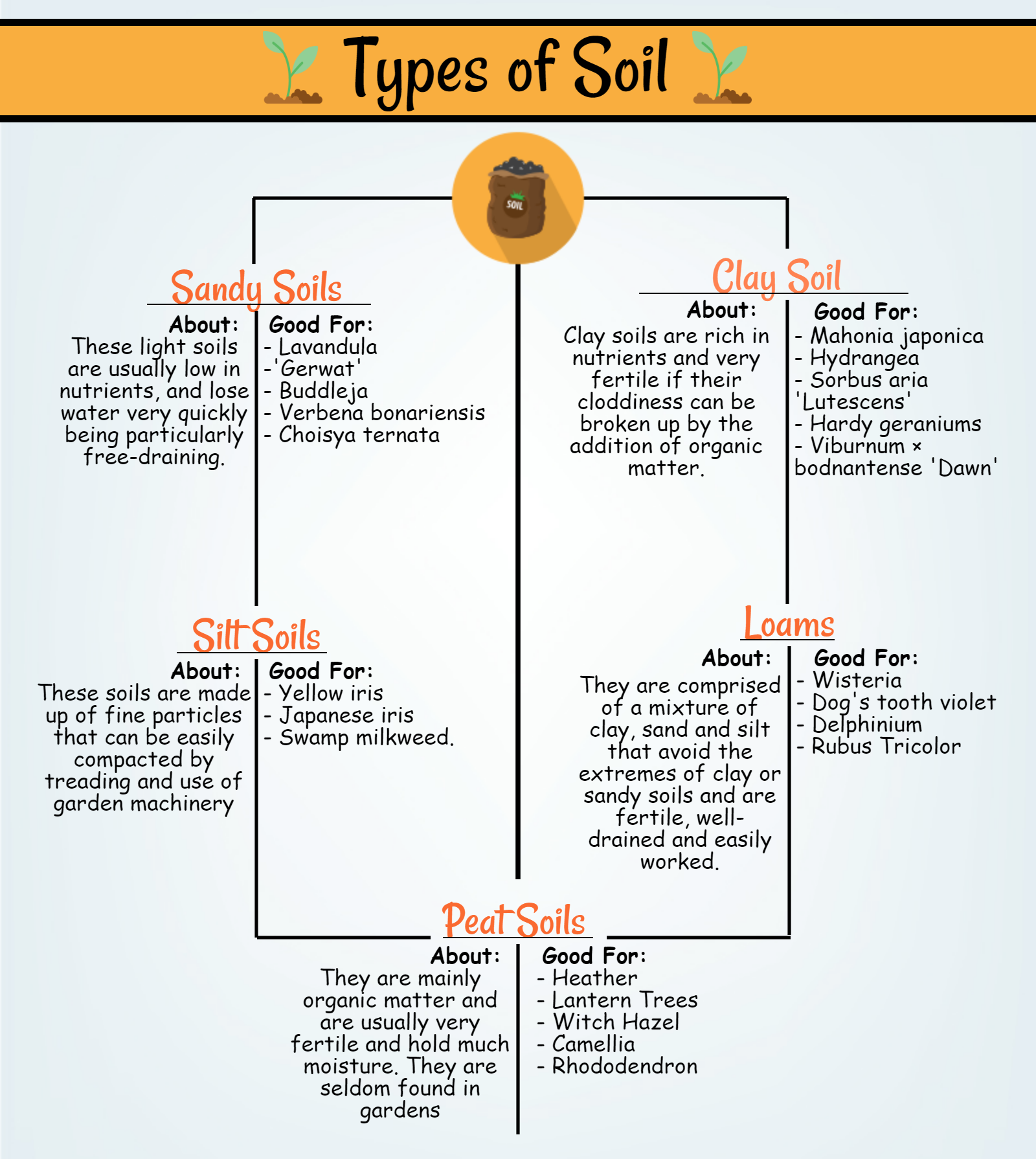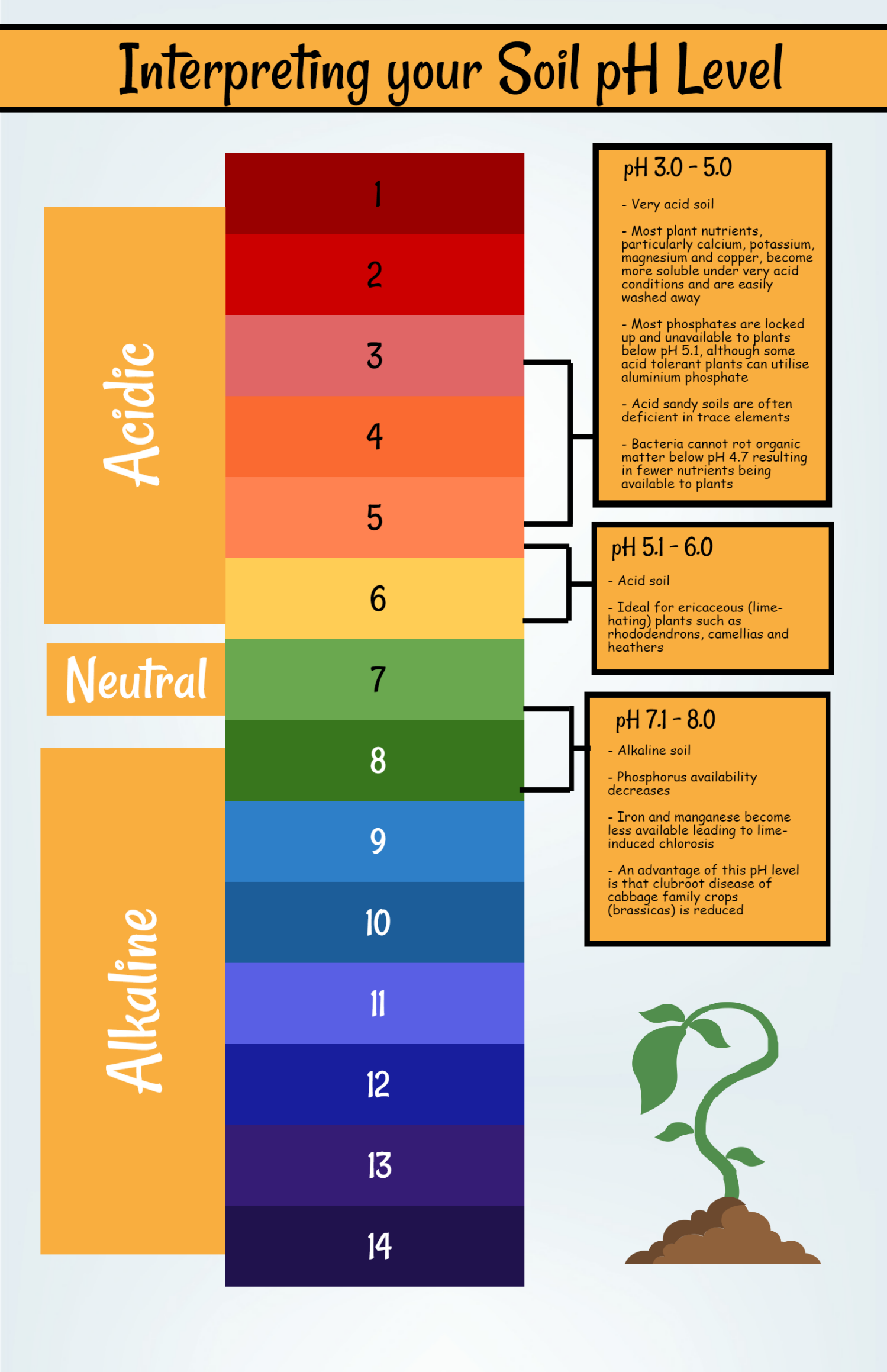We use cookies to make your experience better. To comply with the new e-Privacy directive, we need to ask for your consent to set the cookies. Learn more.
Getting to Know Your Garden Soil
Having a basic understanding of your garden soil and its pH level will not only help keep your garden healthy but will give you a better understanding of the plants that will and won’t flourish within it.
Many amateur gardeners are put off learning the ins and outs of ‘gardening science’, thinking it might all be a little over their heads. But the reality is that getting to grips with garden soils isn’t particularly difficult, and can help you take your gardening skills to the next level.
Why does your soil matter? Well, it can determine the types of plants you grow and how well they grow.
What is soil?
Simply put, soil is a mixture of many different things including fallen leaves, dead animals, decayed plants, decomposed trees, and much, much more. A more formal description of soil would be:
"The upper layer of earth in which plants grow, a black or dark brown material typically consisting of a mixture of organic remains, clay, and rock particles."

Because soils often vary properties and makeup, we find many different types of it, with it often coming in different colours and textures. Your average healthy soil sample would contain something similar to:
- - 45% minerals
- - 25% water
- - 25% air
- - 5% organic matter

At Mainland Aggregates, we supply a wide range of soils for various applications. From topsoil, such as screened topsoil, to bark chippings and garden mulch, including landscape bark. We also stock various sand types, including silica sand, such as economy silica sand, which is ideal for equestrian surfaces, and many other materials.
Soil pH Levels.
It’s important that you know whether your soil is acid or alkaline – different plants grow better in different soils. The pH level is a number that will describe how acidic or alkaline your soil is. A neutral pH is 7.0. Anything above the 7.0 mark is alkaline, and anything below it is acid.
What does pH do?
The effect of pH levels is far-reaching on plant life. The nutrients a plant needs are available depending on the soil's pH levels. For example, yellowing leaves often indicate an iron deficiency. But this doesn’t arise from a lack of iron within the soil, but not enough soil acidity instead.

While correct pH levels can help a plant flourish, the dark side is that pH levels can poison a plant. If the pH is too low it can liberate aluminium, which isn’t a plant nutrient, stunting root growth.
Why should you test it?
Maintaining the correct pH levels for your soil is a continuous task. You may need to regularly add limestone or sulphur to your soil to ensure that it is kept within an optimum pH level.
When should you test pH?
You can test your pH at any time, but it’s best to check your soil before planting a new garden, if you have relocated, you’re making vegetable pots, planting fruit, or when growth isn’t as successful as planned.
You can increase the pH of your soil by adding lime to make it more alkaline or adding acidifying materials to lower your soil pH.

How do you test pH?
You can expect to find DIY pH testing kits in most garden centres today. They aren’t expensive and are easy to use, providing gardeners with a good estimation of their soil pH. If you want uber accurate results, you can send a soil sample to a laboratory to get detailed feedback.

Frequently asked questions.
Where did the first soils come from?
The very first soils formed when the parent materials became available. This happened, most likely, through the deposition of particles as a result of wind, gravity, and the weathering of rocks. A vital process in the formation of topsoil is the accumulation of organic matter. This happens when plants, earthworms, ants, and other organisms die and decompose. One by-product of this process is when individual particles join together to create aggregates, which are held together by organic matter and are the very foundation of soil structure.
How long does it take to create one foot of soil?
This isn’t a question that’s easy to answer. The formation of soil is a continuous process with organisms, the weather, and parent materials constantly adding to the material. In the right conditions, a foot of topsoil may take less than 100 years to form, but this can’t be guaranteed.

How can you determine how old your soil is?
This isn’t an exact science, but by looking at clues within the soil and the surrounding area, an estimate of soil age can be made. A soil will never be younger than the oldest trees growing from it. Neither will it be older than the materials in which it forms or the landscape on which it has been found. A scientist may look to find out how old the landscape is, and how long the materials that have formed the soil have been there. From this, an estimation can be made.
Want to buy topsoil in bulk bags? Perhaps you want some professional advice on which type of soil is ideal for your back garden? Contact our team today. Our experts will be able to give you a helping hand in choosing the right type of soil or aggregates for your property.
